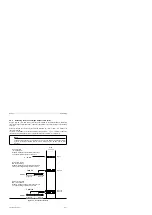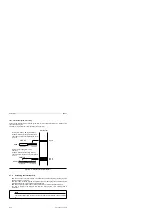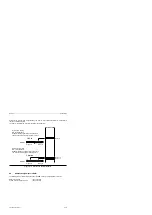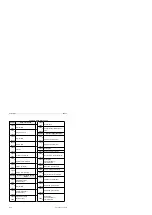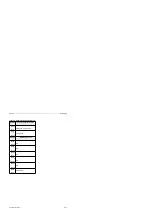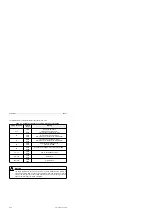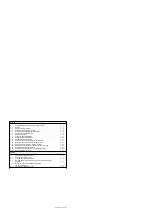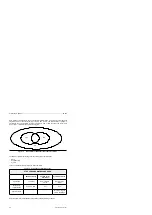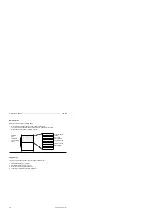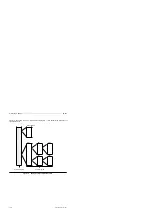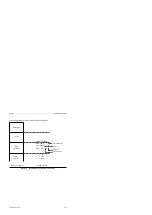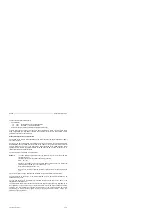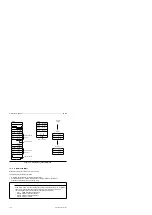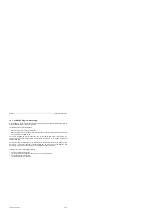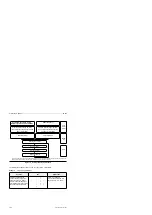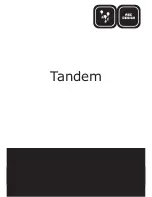
S5-95F
Introduction to STEP 5
7.2.2
Structured Programming
To solve complex tasks, it is advisable to divide a program into individual, self-contained program
parts (blocks).
This procedure has the following advantages.
•
Simple and clear programming, even for large programs
•
Capability to standardize program parts
•
Easy alteration
•
Simple program test
•
Simple start-up
•
Subroutine techniques (block call from different locations)
The STEP 5 programming language has the following five block types.
•
Organization Block (OB)
Organization blocks manage the control program.
•
Program Block (PB)
Program blocks arrange the control program according to functional or technical aspects.
•
Sequence Block (SB)
Sequence blocks are special blocks that program sequence controls. They are handled like
program blocks.
•
Function Block (FB)
Function blocks are special blocks for programming frequently recurring or especially complex
program parts (e.g., reporting and arithmetic functions). You can assign parameters to them and
they have an extended set of operations (e.g., jump operations within a block).
•
Data Block (DB)
Data blocks store data needed to process a control program. Actual values, limiting values, and
texts are examples of data.
EWA 4NEB 812 6210-02
7-5

